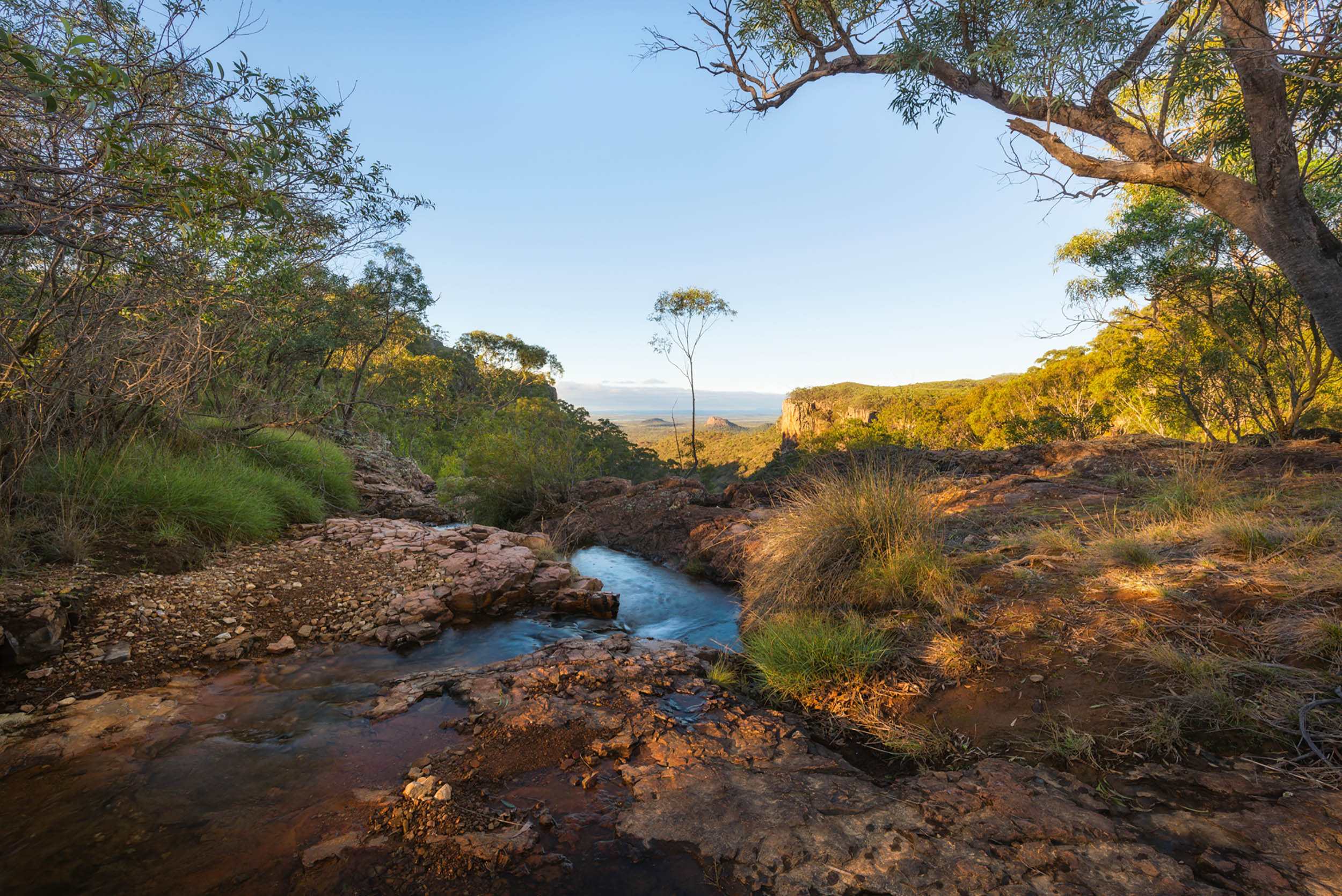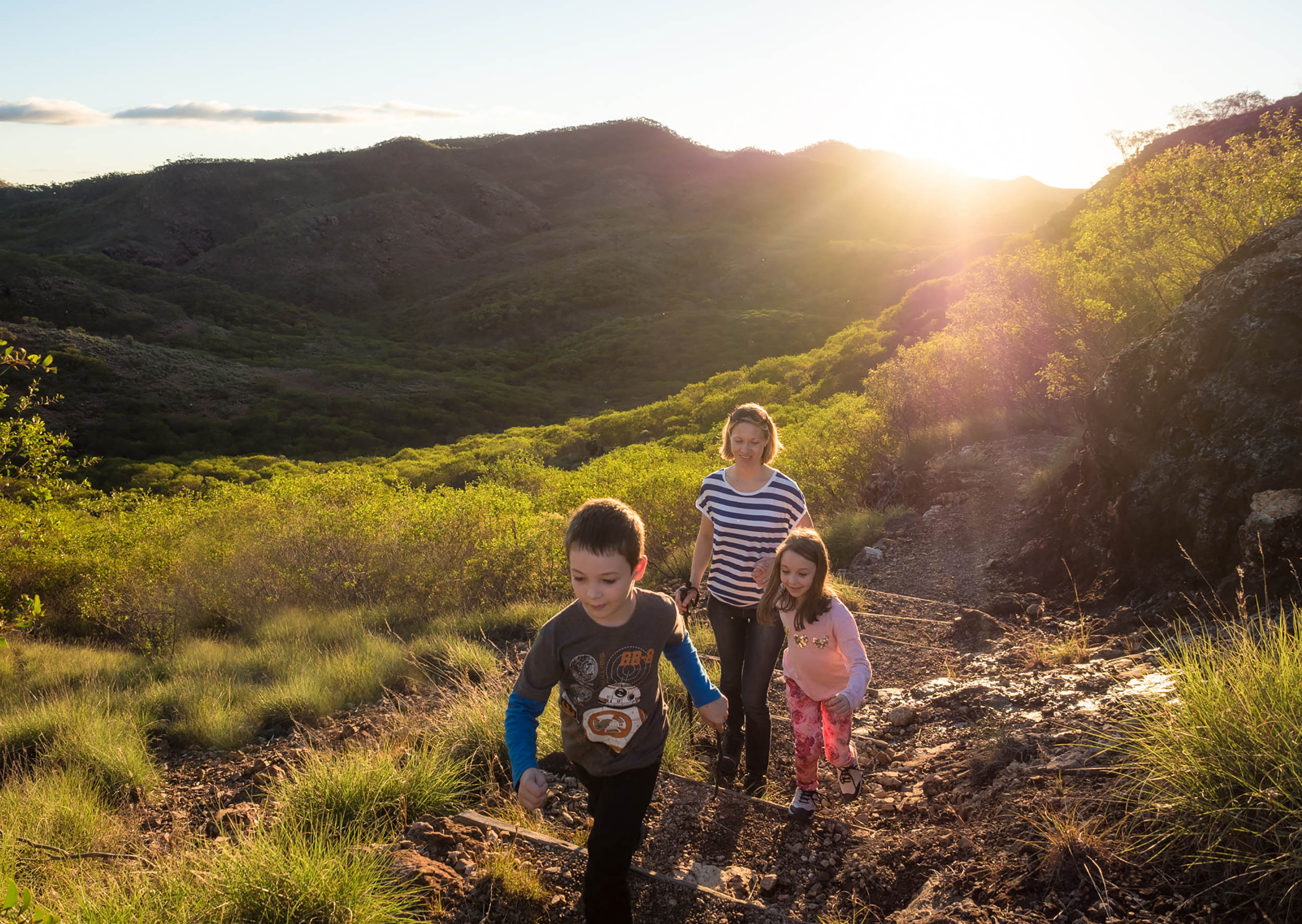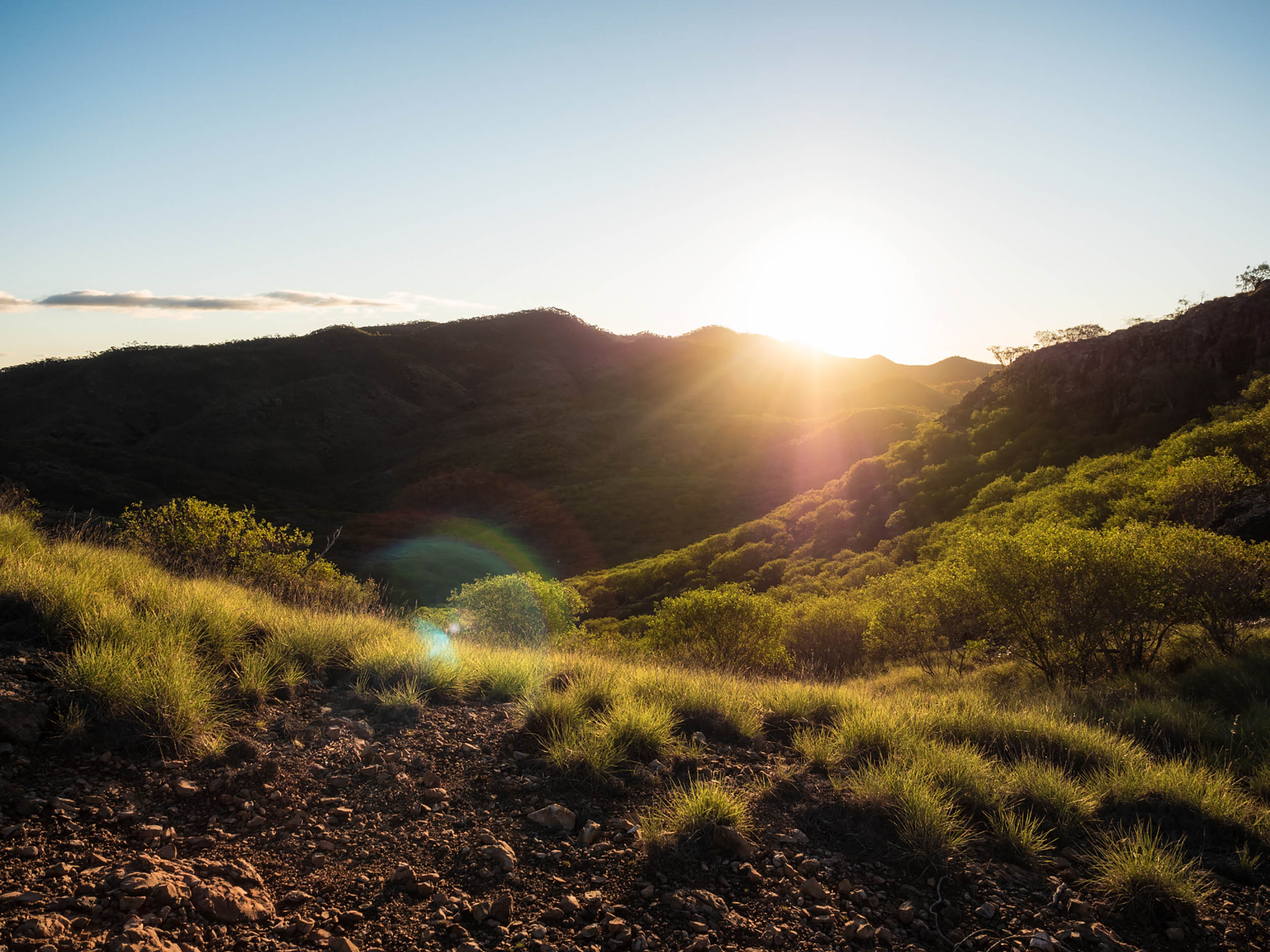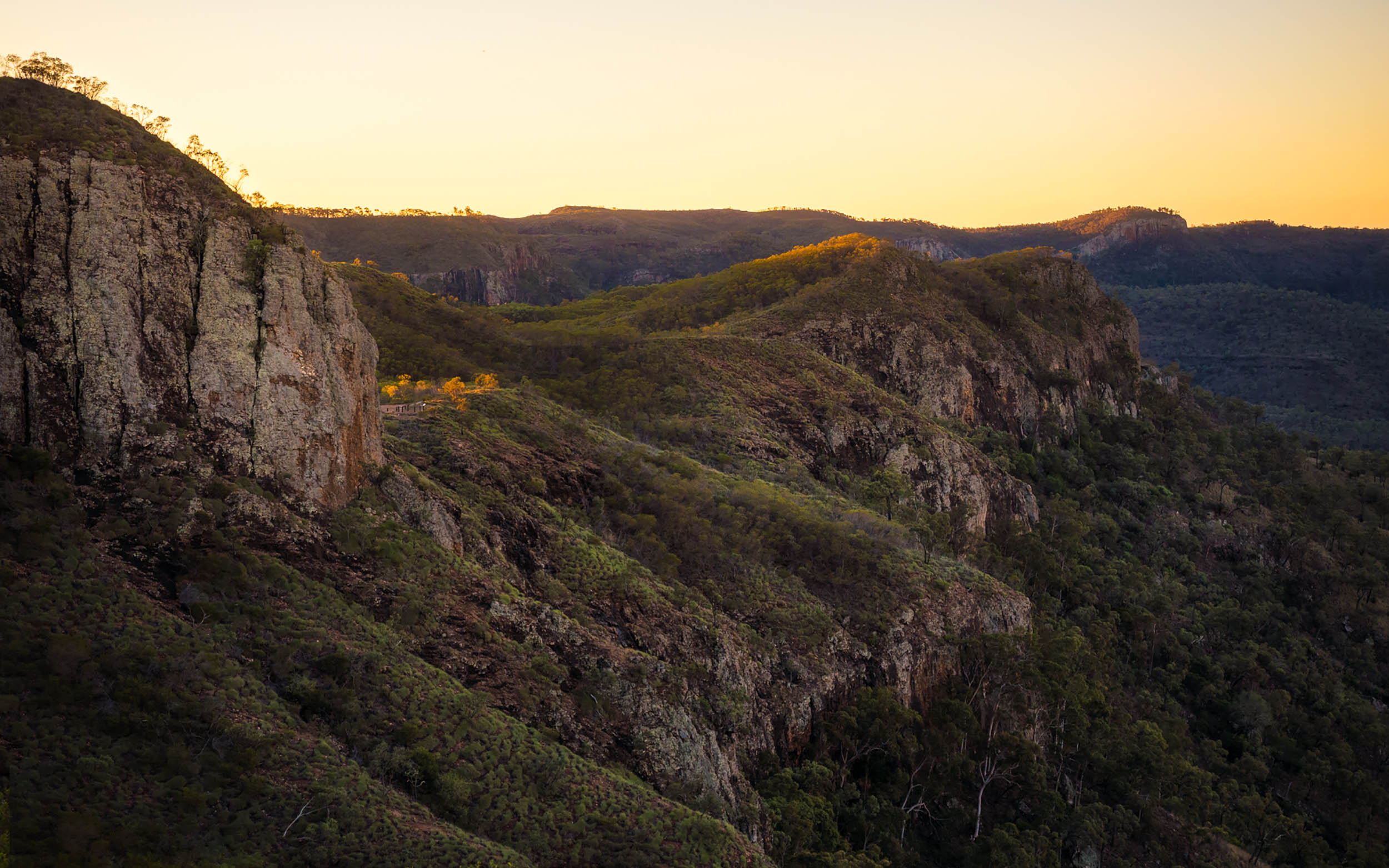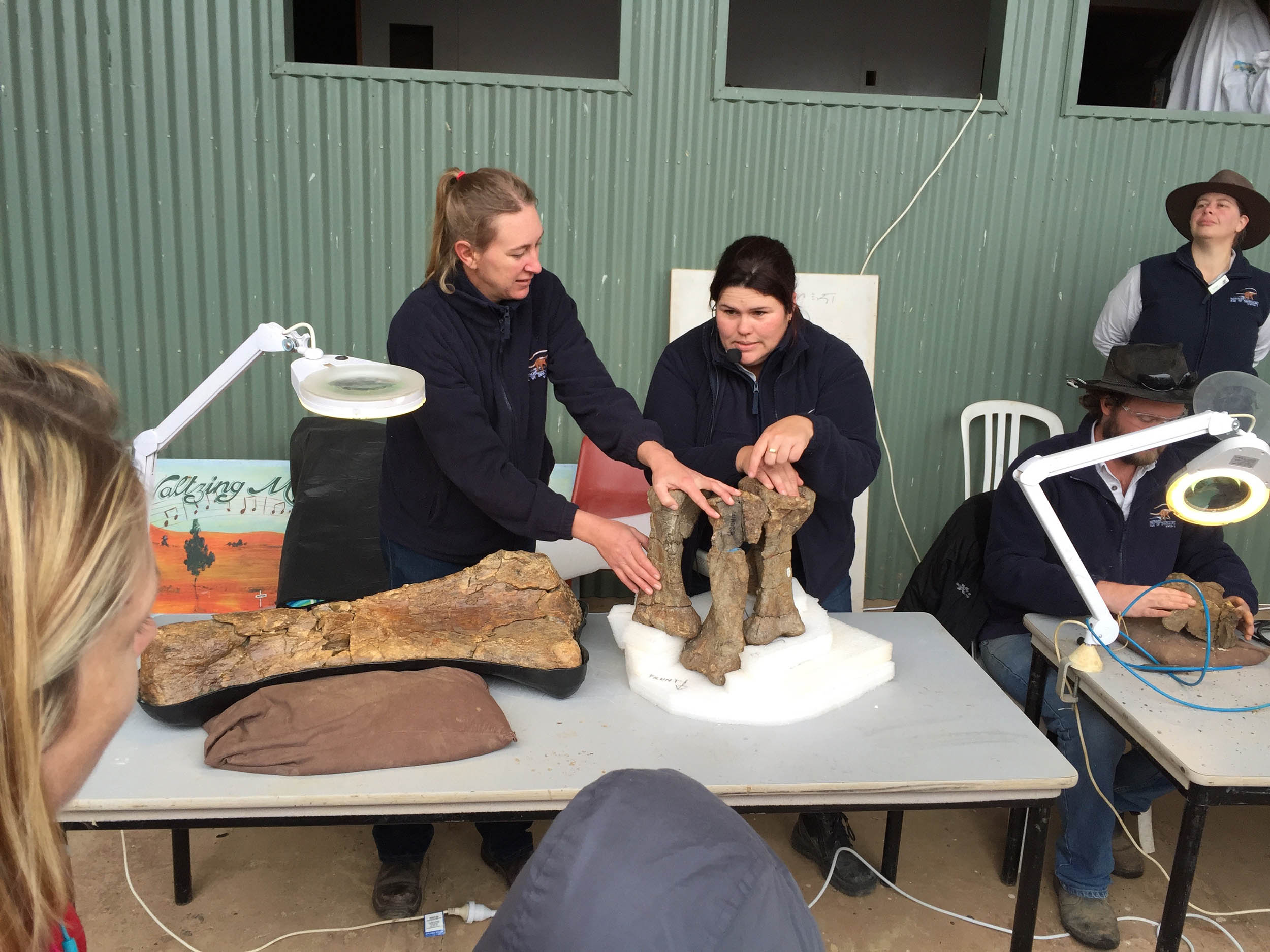When you are travelling to a well known location like the Flinders Ranges, it is easy to have preconceived ideas and images in your head about what the experience will be like. I had heard stories from friends and family about how awesome it was and I’d seen the occasional image come across my Instagram feed (mainly from amazing South Australian photographer, Ben Goode) so I thought I knew what was in store for us when we got there.
I was so wrong!
I don’t think anything could have prepared me for the beautiful vistas and sheer vastness of the Flinders Ranges. This is not just a small mountain range that goes for a few kilometres…this baby is of epic proportions! It stretches for over 430kms and is the largest mountain range in South Australia. To top it all off, they have had quite a wet, ‘dry season’ which has turned the arid landscape into all shades of green.
We drove up from Hawker in the south and by this point we had already been impressed by the southern parts of the range that are easily viewable from the highway and seem to follow you everywhere you go. When we started making our way north the landscape slowly changed from farm land to undulating hills with dry creeks lined by beautifully gnarled gum trees.
Getting closer we drove past a number of lookout points just off the highway. I highly recommend stopping in along the way as these viewpoints not only give you a moment to pause from the drive to better appreciate what you are seeing, but from a photography perspective it gives you possible locations to return to later at either sunrise or sunset when the light is right.
It’s at this point that the landscape takes it up a notch. The open areas close in on all sides to become cypress-pine forests and the cliff edges of Wilpena Pound tower down from above. The first thing that came to mind was that somehow we had been transported to a national park in the United States as this was definitely not a sight that I was used to being from Central Queensland.
The destination for our stay in the Flinders Ranges was Wilpena Pound Resort (and before you ask… no we haven’t ditched our caravan in favour of glamping). We shacked up in the campground area at the back of the resort and apart from the modern amenities, it was just like camping in the bush. It has ample space and there are no site allocations so you can setup pretty much anywhere you want.
Wilpena Pound itself is a large, crater-shaped natural amphitheatre that covers approximately 80 square kilometres. To get a view over the entire area it is best seen from the air (scenic flights are available at the resort) or St Mary Peak which is the range’s highest point (1,171m).
We found the resort to be the perfect location to use as a base with most other things to see and do being within easy driving distance for day trips. Walks into Wilpena Pound can take from 1 hour return, to full day hikes ranging in difficulty to suit a variety of fitness levels. If you are travelling with school age children, I would recommend trying the walk to the upper Wangara Lookout (3.5hrs/7.8kms return). It was an easy grade hike with a steeper climb towards the end. From here the view into the valley is beautiful and a perfect location to stop for lunch.
Other points of interest in the area that are definitely worth checking out are the Cazneaux Tree, Hucks Lookout, Stokes Hill Lookout and Bunyeroo Gorge. The road itself to Bunyeroo Gorge has two lookouts worth stopping at. Especially the Razorback Lookout which I found to be perfect for sunset.
The drive in was teeming with wildlife such as the red and western grey kangaroos, the yellow-footed rock wallaby and emus. My Sigma 600mm lenscertainly came in handy on this drive and it was easy to capture some great images straight out the car window. I wouldn't recommend getting out to take any shots as it just tends to scare them away. They appear to be fairly used to cars and mostly stayed still so long as you were driving slow.
There is so much to see and do in the area that you will definitely want to stay at least 3 days minimum. Especially since the hike to St Mary Peak is an entire day in itself just to get up and back. There are many places that we didn’t get chance to see so hopefully we will make it back one day. Also if you end up camping at Wilpena Pound, be sure to take the short walk to the top of the hill at the back of the campground. It has 360 degree views of the surrounding area and is perfect for watching the sunrise/sunset.
The Flinders Ranges National Park is open all year round however some seasonal closures may occur during the summer months (check with National Parks South Australia for details). The best time to visit is in the cooler months from April to October. A Park Pass is required to access Flinders Ranges National Park. Fees can be paid in the self registration stations throughout the park or at the Wilpena Pound Visitor Information Centre.
Additional Images
or more information on the Flinders Ranges or Wilpena Pound go to www.southaustralia.com and www.wilpenapound.com.au




















